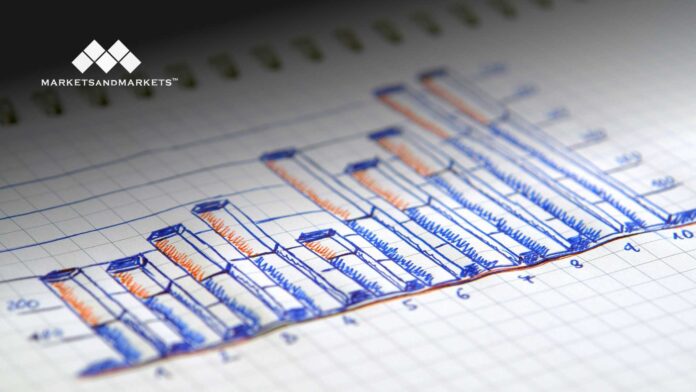If you thought workplace safety was just about hard hats and fire drills, think again. The global workplace safety market is projected to nearly double, jumping from $19.64 billion in 2025 to $38.55 billion by 2030, according to a new report from MarketsandMarkets. That’s a robust 14.4% CAGR, powered by a mix of stricter regulations, digital transformation, and next-gen tech adoption across high-risk industries.
From PPE to Predictive Analytics
Enterprises are moving well beyond clipboards and compliance checklists. The new wave of investment is flowing into AI-powered monitoring systems, IoT-connected safety sensors, and predictive analytics platforms—all designed to spot risks before accidents happen.
It’s not just about preventing gas leaks or fire hazards anymore. Companies are also using these tools to monitor mental health, ergonomic safety, and worker fatigue, reflecting a broader view of well-being that aligns with ESG goals.
“Today’s safety platforms don’t just react—they predict,” notes the report, highlighting how AI and IoT are reshaping incident response from reactive to proactive.
The Heavy Hitters: Sensors and the Cloud
Two segments stand out in the forecast:
-
Safety sensors (hardware): Expected to dominate thanks to their ability to detect gas leaks, temperature spikes, or proximity risks. When paired with AI, these sensors turn real-time data into actionable decisions, cutting down response times.
-
Cloud-based solutions (deployment): Projected to lead as enterprises seek scalable, centralized safety management. For global manufacturers, construction firms, and logistics companies, the cloud offers real-time reporting, predictive insights, and remote access—no bulky on-prem infrastructure required.
Europe Takes the Lead
Regionally, Europe is projected to see the fastest growth. The continent’s combination of stringent regulations, Industry 4.0 adoption, and worker welfare initiatives is fueling the surge. The EU’s Strategic Framework on Health and Safety at Work 2021–2027 is also pushing companies toward digital risk monitoring and well-being programs.
That means the growth won’t just come from factories and oil rigs—it’s spreading into logistics, construction, and even office environments adopting hybrid safety solutions.
The Competitive Landscape
The market is crowded, but a few familiar names stand out: IBM, Microsoft, AWS, Honeywell, 3M, Bosch, and Hexagon AB are all jockeying for position. They’re joined by a wave of specialized safety tech firms like Intenseye, StrongArm Tech, and EcoOnline, each carving niches in AI monitoring, wearables, or compliance software.
Why It Matters
Workplace safety is increasingly a C-suite conversation, not just an HR or compliance issue. With the cost of workplace accidents—including litigation, downtime, and reputational damage—climbing, enterprises are treating safety tech as a strategic investment.
And with AI and cloud tools delivering continuous monitoring and predictive insights, the next five years may redefine “safety-first” from a slogan to a fully digitized operating model.
The full report is available from MarketsandMarkets.
Join thousands of HR leaders who rely on HRTechEdge for the latest in workforce technology, AI-driven HR solutions, and strategic insights






